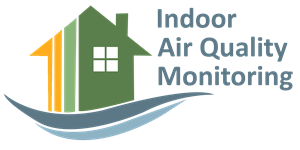Indoor air quality depends on a lot of factors for example, location, quality of outside air, number of occupants etc.
For safety of the occupants and maintaining both physical and mental capability at work, indoor air quality testing and maintenance at prescribed standards is required.
It is suggested to periodically check indoor air quality in all premises in which most of the time is spent.
To know whether you require indoor air quality testing and how often, take our FREE Indoor Air Quality (IAQ) assessment test.


